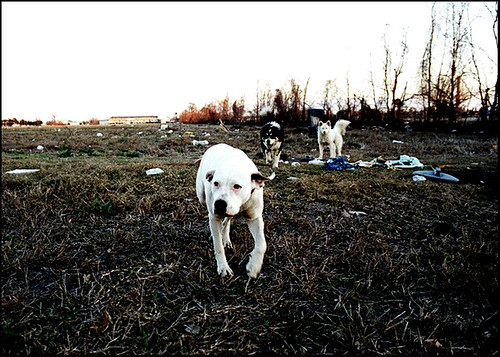Here is a recipe that is super-easy to make and so delicious that everyone in your house will want some. And that’s okay; they’re good for everyone…you and your pets!
Almond Fudge Logs
- 1 cup raw almond butter
- 1/2 cup raw shelled almonds, chopped
- 1/4 cup raw carob powder
- 1/4 cup raw honey
Combine almond butter, carob, and honey until well blended. Form into “log” shapes (if they’re too sticky, add more carob) or roll into 1” balls. Roll in chopped nuts, chill until firm, and slice logs into pieces. Keep refrigerated. Makes about 1 1/2 cups, or three 7” logs.
The nutritional scoop: Cocoa and chocolate contain theobromine, an alkaloid that can be lethal for some animals, including dogs and cats. Hooray for carob, the chocolate alternative! Not only is it safe and delicious, but it’s nutritious as well, and contains 60 percent fewer calories than chocolate. Carob is a great source of calcium, with approximately 358 milligrams per cup. It also contains appreciable amounts of iron, potassium, magnesium, copper, selenium, B vitamins, and vitamin A. With 4.8 grams of protein per cup, it also contains many essential amino acids. Carob’s high pectin content makes it useful for digestive disorders, especially diarrhea, and it’s easy to digest. Carob is mentioned often in historical texts (including the Bible) as a food and medicine for both humans and nonhumans alike. In ancient times, almonds were also used as both food and medicine. Raw almonds are a good source of enzymes, calcium, magnesium, and vitamin E. Food-source vitamin E is an antioxidant that may provide important health benefits including the ability to inhibit lipid (fat) oxidation. Purchase nuts from a store that restocks regularly, as you’ll want the freshest ones possible. Store shelled almonds and almond butter in the refrigerator.
To get the most flavor and nutrients from your food, you’ll want to purchase organically grown food whenever possible. Organically grown food is the fastest-growing sector of agriculture today, and for good reason: It has higher levels of nutrients, including cancer-fighting compounds, than most conventionally grown food. Nutritionally, you get more for your money with organic food; plus, the Environmental Protection Agency warns that 60 percent of the herbicides, 90 percent of the fungicides, and 30 percent of the insecticides that may be used on non-organic crops are carcinogenic (cancer-causing). Plus, organically grown food usually tastes much better than conventionally grown food! If you cannot get organically grown food, don’t let it deter you from enjoying the great taste and nutrition of fresh whole foods. Buy the best quality that you can and be sure to wash all produce before using.
This recipe is a great alternative to unhealthy chocolate sweets. In fact, everyone in your family may love them so much that you’ll need to remind yourself that rich treats like these are best given in moderation. They should not replace regular meals of species-appropriate food. This simple recipe will allow you to share a treat with your pet and also treat yourself to peace of mind, knowing that it is actually good for both of you! Sharing healthy food is not “spoiling” a pet any more than it would be a child; in fact, when you choose recipes to prepare that are delicious and nutritious, you truly prove how much you value those you care about. And you’re in very good company: Famous physician, humanitarian, and philosopher Dr. Albert Schweitzer shared food and care with his animal friends and was moved to say “We must realize that all life is valuable and that we are united to all life. By ethical conduct toward all creatures, we enter into a spiritual relationship with the universe.” Bon appétite!
Credit: Kymythy



















 Only, I didn't let them :'(
Only, I didn't let them :'(














